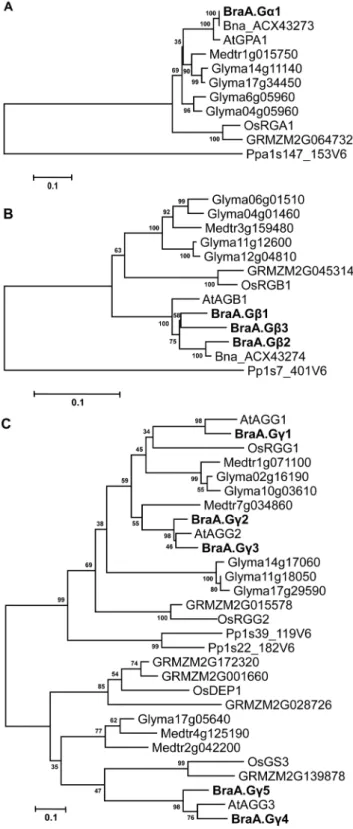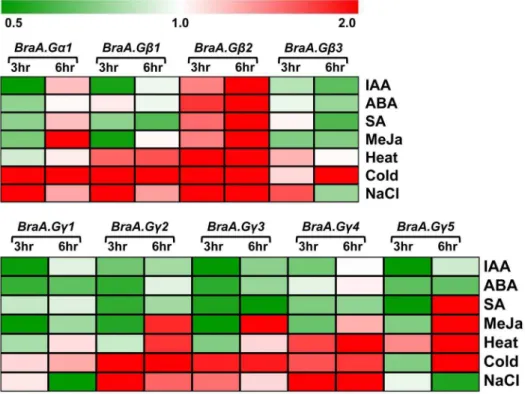Evolution, expression differentiation and interaction specificity of heterotrimeric G-protein subunit gene family in the mesohexaploid Brassica rapa.
Texto
Imagem



Documentos relacionados
In the current study, the construction and computational analysis of protein interaction networks (PINs) based on expression data of proteins involved in 10 major cancer
Specificity of Binding Can Determine the Rate Change of Interactions in Groups of Proteins with the Same Connectivity (A) We binned all proteins according to the number of
Using a small dataset of protein–protein interactions [1], it was proposed that the yeast protein interaction network is made up of two sorts of hubs, party and date, and that these
Results: Microarray based gene expression data and protein-protein interaction (PPI) databases were combined to construct the PPI networks of differentially expressed (DE) genes in
We performed a larger scale interaction analysis between all pairs of SNPs that (i) are found in interacting genes according to a curated human protein-protein interaction network ( ,
The heterotrimeric G protein complex in Arabidopsis thaliana , defined as containing alpha (AtGPA1), beta (AGB1), and gamma (AGG) subunits and a GTPase accelerating protein
Despite the Y2H and in vitro studies demonstrating BPM1 and CUL3 interaction [9,19,41], based on our analysis that revealed the lowest level of protein co-localization in the
By integrating gene expression signatures and somatic mutation data on a protein- protein interaction network, we show that the CRC recurrence phenotype involves the dysregulation